Are you having trouble getting your mix to translate well to other playback systems? Does your mix sound bad on your smartphone?
Mixing in mono can potentially solve all of these problems. Once mastered, you should consistently create a better mix with the confidence it will sound great through a mono speaker.
This article will show you how to effectively mix in mono and discuss why mono compatibility is still as relevant as ever!
Let’s get started!
Why Is Mono Still Important?
You might think that making your mixes sound good in mono is redundant in a modern playback environment, but that might not be entirely true. As a matter of fact, one could argue quite the opposite. Most people nowadays consume music through their smartphones, so the chances are that many will actually experience your music for the first time in mono. That in itself should motivate you to make sure that your mixes are mono-compatible.
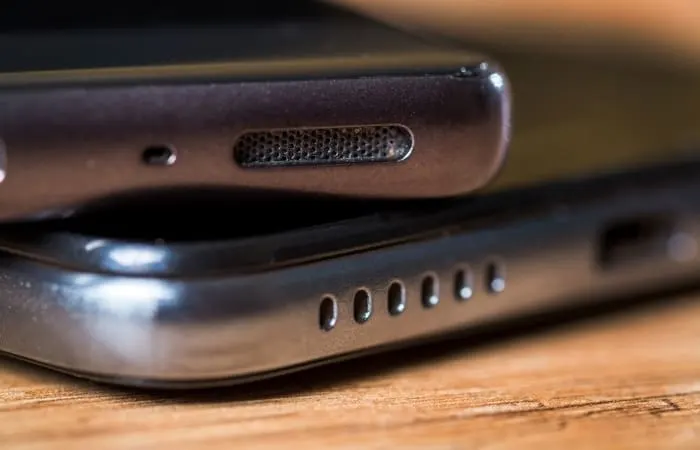
However, there are many other situations where mono is still a preferable way of listening to music. In multiple speaker setups found in bars and clubs, a stereo mix would actually not serve the song since different speakers, put in different parts of the room, would project only one channel at listeners.
That way, many hard-panned parts would either be completely missing or heard at a low volume, making the mix seem unbalanced and just plain weird-sounding. Besides, many Bluetooth speakers and PA systems play audio in mono.
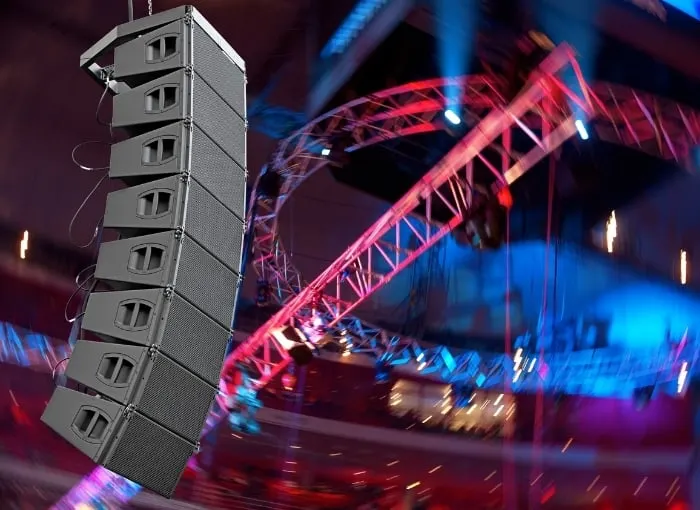
Although there is, obviously, a practical need for mono mixes, there is also an educational benefit in limiting yourself to mixing this way. Ultimately, mixing in mono can improve your overall mixing skills.
What Is Mono And What Happens To Your Tracks Once You Sum Them To Mono?
Mono basically means that your tracks will be played through a single sound source. If you have a pair of speakers, they will produce the same sound, so there are no channel differences. The same holds true for whichever number of speakers there are. You can hook up 10 speakers, but they will still emit the same mono sound.
This doesn’t necessarily have to mean a bad thing. As we have discussed earlier, there are applications where mono is a much preferable way of playing music. However, I should note that stereo mix will always sound better to our ears, as it is wider, bigger, and generally, more impressive.
Most DAW’s have a mono switch button on the Master Channel. If, by any chance, you do not have it in your DAW of choice, many EQ plugins can do this for you. There are even plugins specifically designed for that purpose. Each DAW has one hidden around somewhere; a quick look through the manual should get you there.
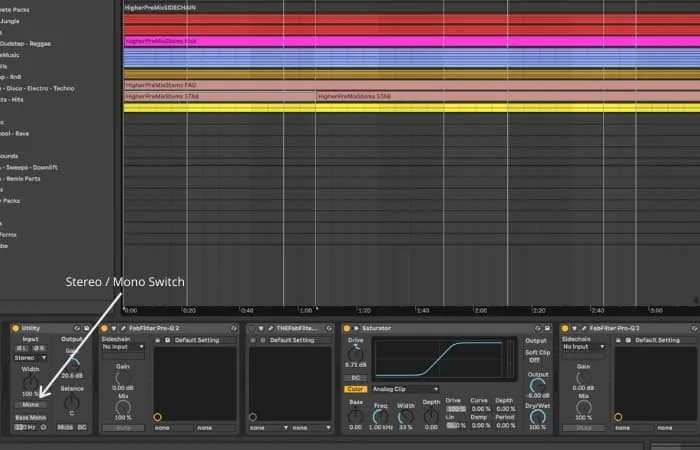
When using Ableton, I put the stock Utility plugin on the master channel. I have this key-mapped to my Elgato Stream Deck to easily switch between stereo and mono by simply pressing one button.
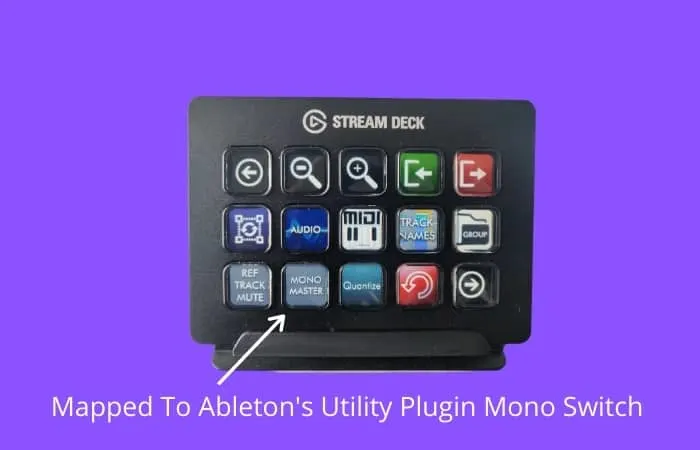
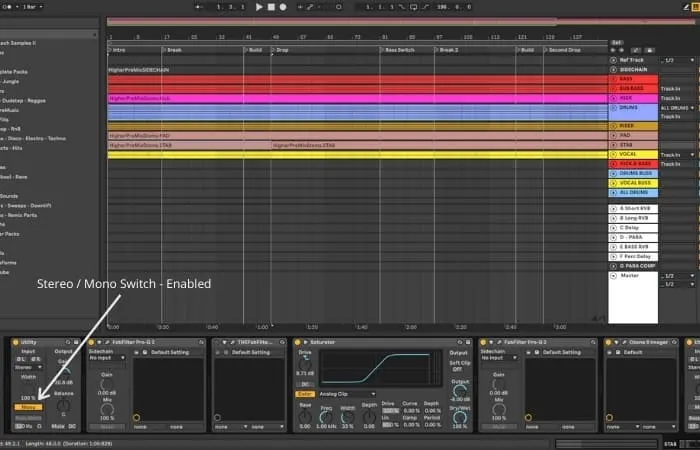
Although it might sound counterintuitive, mastering how to make a good mono mix will make your stereo mixes sound so much better. To make the right decisions, it’s important to know what happens with our stereo tracks once we sum them to mono.
Mono adds our stereo channels together to form a single channel and centers all of the mix elements. Sounds that are already centered will remain intact, while all the panned elements, whether they are partially panned or hard-panned, will be put in the center of the stereo image.
It is common knowledge that in audio, if we double the volume of a track, the actual dB meter won’t show a double dB reading but instead a boost of about 6dB.
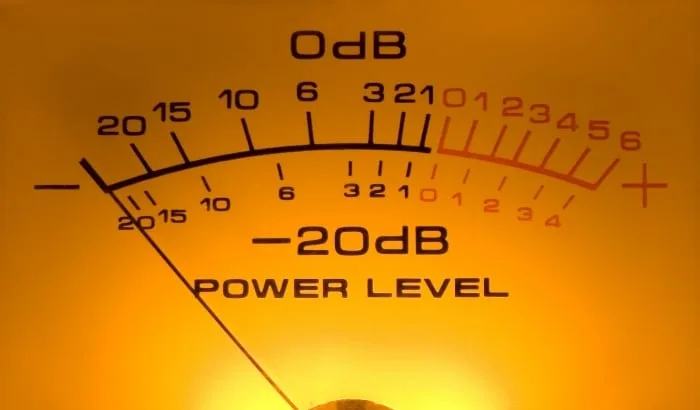
You might think that if we add both channels of a stereo mix to form a mono signal, a mono version will sound 6db louder. Well, not exactly. Mono versions do indeed add both channels, but they have halved in volume afterward, so we end up where we started, and the mono version remains at the same volume as our stereo mix. Now, why is all of this technical jargon important for us, producers?
Let’s say you have a hard left panned synth patch. It sounds upfront in your stereo mix. If we apply the formula by which stereo sounds are summed to mono (sum of both channels divided by 2), that would mean that our synth will be about 6db quieter in the mono version.
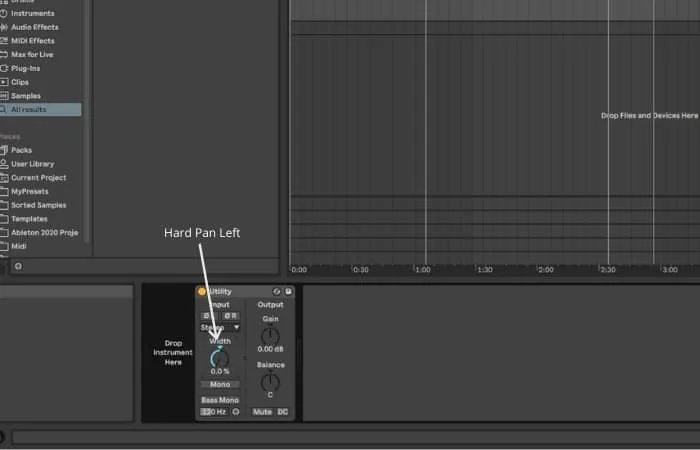
How come? Because hard left panned tracks do not have any information in the right channel and vice versa. This means that we sum the left channel with zero and divide it by 2.
It’s easy to see how this could be a problem. If that particular synth is important to our song, it will either be hushed or not be present in a mono version. It’s always a good thing to ask yourself if a particular channel is essential to the song you are working on. If the mix can still make musical sense without that part, feel free to pan it as much as you like.
The other way around, you might want to consider panning that channel a little bit more to the center so that it won’t get dropped down in volume as much in the mono mixdown.
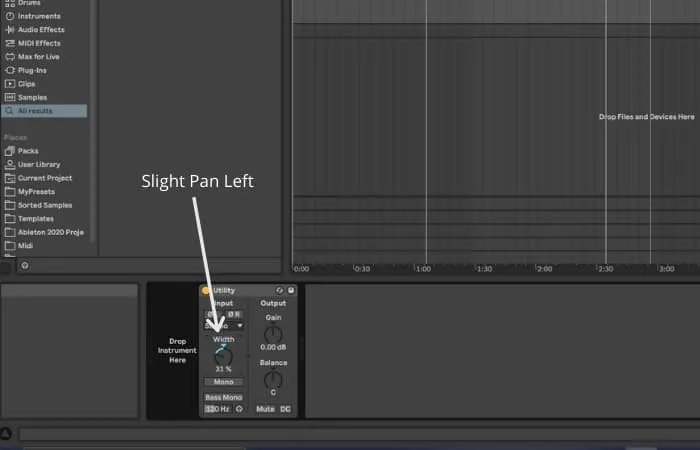
This, and many other potential problems, can be mitigated by starting a mix in mono from scratch. So, let’s explore all the benefits of this approach!
Mono Lets You Focus On The More Important Things First
By starting a mixdown in mono, you limit your options straight away. And that’s a good thing! Over the years, I’ve seen many beginner producers starting their mix by immediately panning certain elements in the stereo field.
Now, I wouldn’t like to put down anyone’s approach, but we could all agree that there are far more important things to do first. Like, setting your balance!
Using mono allows you to get all the panning out of the way, and the most reasonable thing to do at that point is to get a quick balance of instruments. Since stereo placement can alter the instruments’ perceived loudness, setting your balance while in mono can give you more accurate results and a solid foundation to build your mix on.
Mono Forces You To Make Good EQ Decisions
Once you are done with leveling, you’ll probably want to start polishing your tracks with an EQ. Mono is a cold, hard teacher! If there is an issue in your mix, you can’t just move it out of the way and pretend that it has been resolved; you’ll actually have to do something about it.
Panning can free up space in the mix and shift the buildup of energy to the sides of the stereo field. It might solve the issue for a moment, but further down the mixing process could cause you a lot of unnecessary troubles.
As the mix grows and you start adding more and more tracks, you will likely experience buildups in the low end or lower midrange, and it might be difficult to pinpoint what exactly causes the problem. These buildups are a direct consequence of” frequency masking.” Basically, our ear cannot perceive two or more signals competing for the same space, and in the end, chooses to hear only the loudest one.
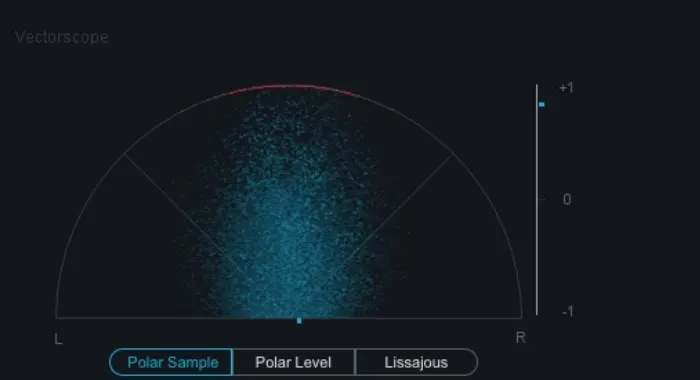
All of this can be solved easily by making the right EQ decision initially while your track is in mono. All of the elements will be centered, and you will have a much easier time deciding which instrument should occupy and dominate a certain place in the frequency spectrum. It would be best to have every instrument audible first and afterward have a much easier time fitting all of the puzzle pieces together.
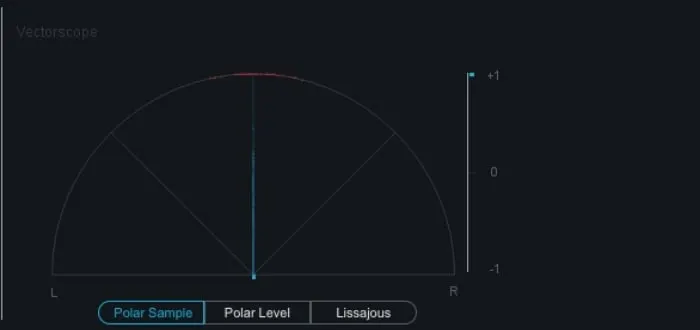
You can judge how much of 2-3k you’ll remove out of the guitars to have a lead vocal cut through, or how much low end to cut from the synths for bass to really become focused, etc. All of the problems will be more apparent and thus easier to fix.
The end result of this approach should be a much clearer and well-separated mix. Also, your EQ game will be as sharp as ever after some time of doing it.
In the beginning, it might be hard to navigate through the mix with all of the elements cramped in the center, but after a while, you’ll develop a sense for it, and your mixes will sound clearer and better than ever!
Mono Makes You More Creative
As silly as it may sound, working within a limited set of possibilities makes you more creative. You tend to use the tools available to you most efficiently and get the most out of them.
Once I begin mixing and hit the mono button on my master channel, at first, I feel like being confined to a worse version of the song I’m mixing. My ears pretty quickly adapt to it, and before I know it, a mono version becomes a “new normal.” Once I lose the stereo version from my immediate memory, the mono version feels just as right. But, there is always a need to make things more exciting while working in mono, and that’s a great thing.
This means that if you manage to bring excitement into your mono mix, you can be sure that the stereo version will knock the socks off everything you have ever done before using this method!
It’s easy to become impressed with the music coming out of a stereo mix since you can play around with stereo field placement, and all the effects sound huge and lush. Getting that energy in a mono mix takes some serious skill, but it’s well worth investing your time into it.
Since panning and all the other stereo tricks are disabled, you can focus on raising your track’s energy through compression. Because all of the elements collapse to the center, you’ll have a much easier time tuning your compression.
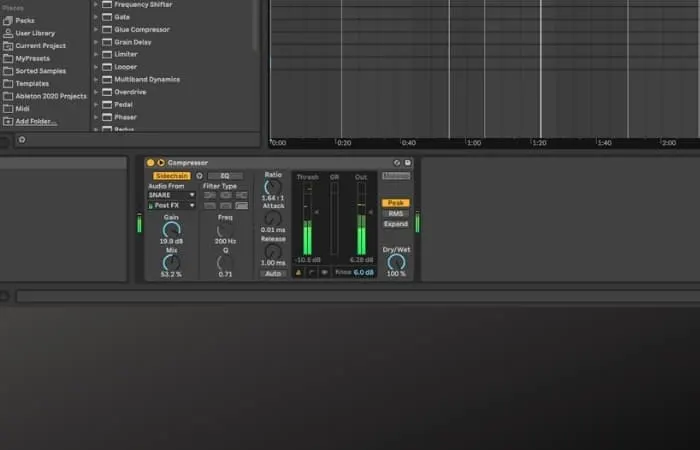
In a common, mono mixing scenario, the kick drum will have to compete with the bass and various synths, guitars, keyboards, and backing vocals.
If you want the kick to cut through all of that, you really need to tune the compression in a way to maximize the punch and not over-compress to a point where it starts getting worse. You might even feel the need to sidechain the kick to not just the bass but other elements as well, and this is where mixing in mono really brings out the best in you. It makes you try things that you wouldn’t have thought otherwise to maximize a limited sonic frame you have self-imposed.
A Practical Example Of A Mixing In Mono
I wanted to demonstrate how I approach mixing music once my tracks have been summed to mono. One thing to bear in mind is that this is just the way I do things. You could have a totally different approach, and that’s absolutely fine! Hopefully, you’ll get at least something out of my workflow that could benefit your productions.
The first thing I do is to solo all the “weight” elements of the mix. By “weight’ I mean all the bass-heavy instruments that lay the foundation of the track. Those are kick, snare, bass, and distorted guitars or bass-heavy synths in most scenarios. If I am working with a well-recorded kick, that usually becomes my reference to how much low end I want in my track and fits all the other instruments to it.
I notice that there is usually a clash between the kick and the bass notes. I usually let the kick occupy the sub-region and carve out some space further up for the bass. Once I get the bass tucked in the 100-150 Hz region,
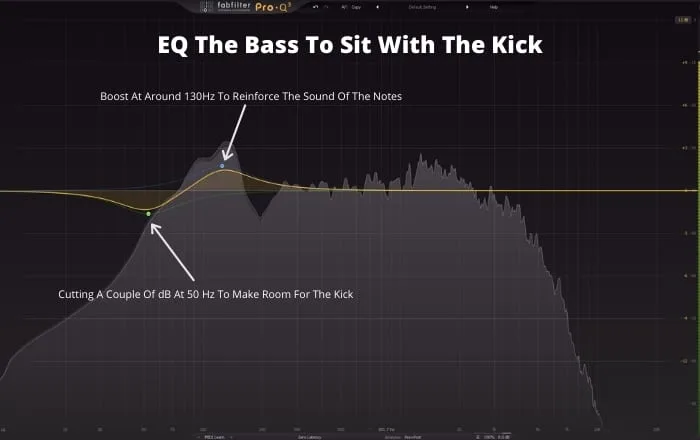
I often find that the guitars or saw synths get congested in that particular region, even more so if I have a punchy kick drum. So I make sure to tame those frequencies in the guitars and synths to let the bass notes breathe and avoid making my mix sound muddy and undefined.
Once I have carved the space for each “weight” element, I do a quick level balance. I like my snare to be the loudest part of the mix. Below it comes the kick and, of course, the lead vocal. That way, I ensure a good frequency response without going crazy on the master bus EQ.
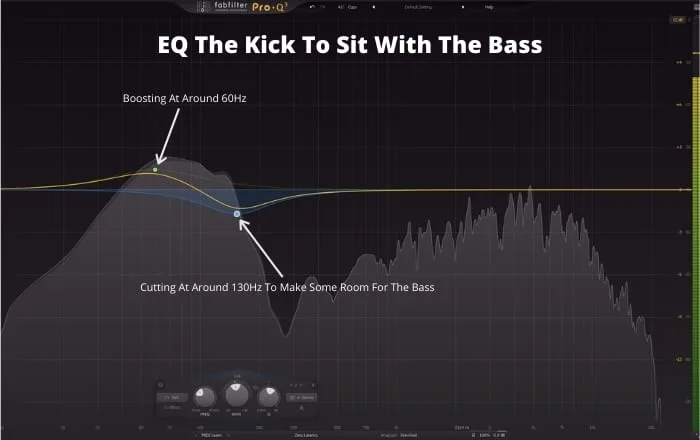
All the stereo parts, such as guitars and synths, I mix, having in mind that they are going to get around 3db louder in the stereo version. So unless they are essential to the track, I raise the volume until they can be clearly heard but not dominate the mix. The obvious exception here is distorted guitars in a rock mix or saw leads in electronic music. The important, genre-defining instruments should still be pretty upfront, even in a mono version, but I try not to let them take too much of the 200Hz range essential for the snare’s fundamental.
When I feel like I’ve got the low end down, it’s usually time to turn my attention to a prevalent problem that becomes even more apparent in mono, and that is, keeping the lead vocal on top of the synths, cymbals, and guitars. Panning usually clears this issue as you move those parts out of the vocals way, away from the stereo imaging center, creating a wide mix.
But If I manage to keep everything separated in mono, it will save me a lot of time and effort, which I would have to put in automating vocals to come on top of a dense arrangement.
I separate the lead vocal from synths and guitars by applying EQ on precise spots. A very usual point of intersection between the two is around 2k. If I cut a tiny bit off the synths in that region, it will allow my vocal to be more forward-sounding. And again, I always have a stereo version in mind, so I take care not to cut too much as that region is still pretty important for synths.
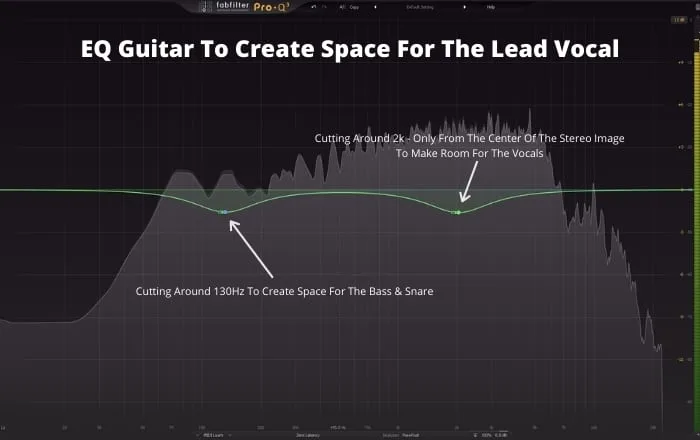
The next critical region is the high end of the cymbals and how it relates to both the lead vocal and synths or guitars. A useful thing to do is to tame the 6k region in the cymbals. That way, the vocal gets the much-desired space in the presence area while at the same time you reduce some nasty overtones of the cymbal.
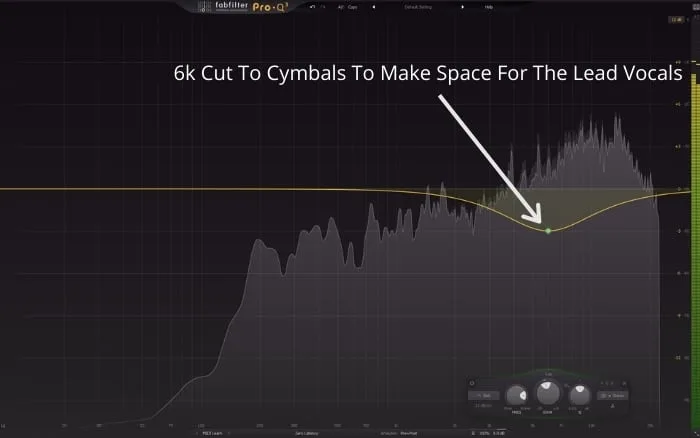
If everything sounds compact and cohesive, with every instrument being clearly audible, it’s time to add some excitement to the mix with some carefully tuned compression.
I treat all of my percussions with a relatively slow attack and fast release to boost the transient information and impact. This in itself already makes a world of difference. Sometimes, if the situation allows,
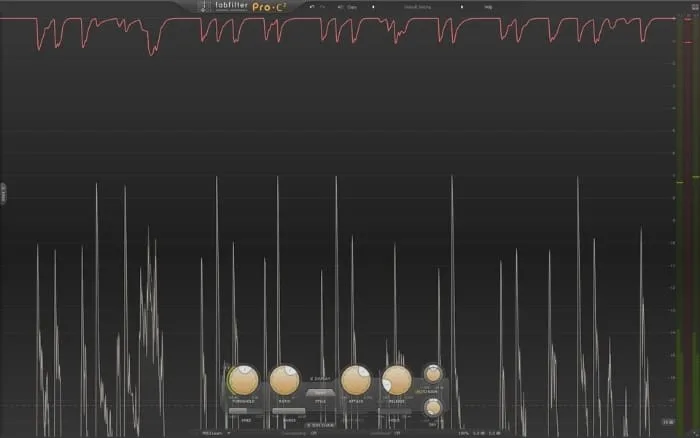
I would put the compressor on the master mix bus with a faster attack so that everything becomes nicely “glued” together. The whole song starts pumping to the kick and snare groove, which produces a pleasing movement in a mix.
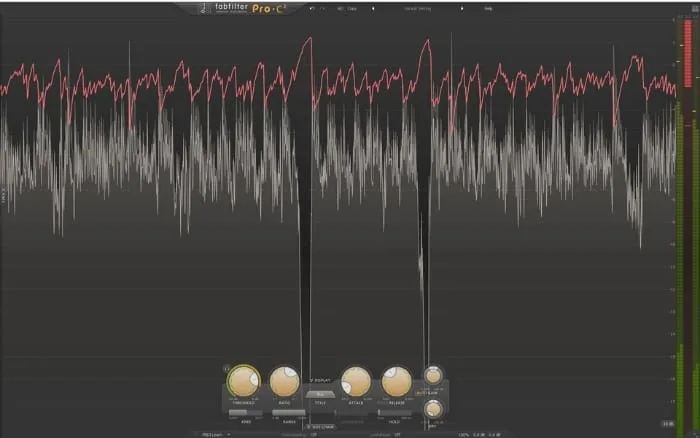
Related Questions
Here are some of the frequently asked questions which I might not have covered in the article.
Should you mix in mono all the time, exclusively?
Absolutely not! We should still prioritize a stereo mix since it really is a standard playback mode. However, mixing in mono can greatly increase the clarity and fidelity of your stereo mix.
When should you stop mixing in mono?
I switch back to stereo once I feel like I have exhausted the potential of my mono mix. You could also go back and forth between stereo and mono while mixing, whatever approach feels better to you.
Why should bass be mono?
You want your bass to be mono because it contains both harmonic and rhythmic information, and as such, it is essential for your mix. You really do not want to have phasing issues with it. Besides, having it centered in the stereo image feels like the right thing to do most of the time. It just works.
What is the difference between having a stereo track and just having two mono tracks that are panned?
That’s a good question! The difference is that a mono sound source will always be a mono sound source, no matter how many speakers are reproducing it. In other words, the same information will be played back from both of your speakers, whilst with stereo tracks, we have slightly different information in each channel. Those slight differences in left and right stereo channels make the track seem spacious and wider, not the case for a mono track.
Can you mix in mono using headphones?
Sure! The same principles that work on speakers should apply to headphones as well.
How do you make a mono sound?
There are various ways you can do it. The most simple one would be to use a plugin that can collapse your audio channel to mono. Most DAW’s have native plugins for that. Another idea is to set your EQ plugin to Mid/Side mode and remove all the Side information with a high pass filter.
Should you mix vocals in mono?
I would highly suggest doing so. If you need width in your vocals, you can always use stereo effects such as reverb and delays.
The biggest difference between mixing stereo tracks and mono tracks?
I would say that the biggest difference is that in mono, you do not have the option of having a wide stereo field, so all of the elements are centered.
Should you use stereo width plugins?
Absolutely! That is precisely a situation where checking a mix in mono afterward tells you if you might have overdone the stereo widening. If you begin losing too much of the important information in a mono mixdown, be sure to back off the widening slightly.
Can you turn mono into stereo?
I am aware of plugins that let you do that. I remember Cubase having that option, but I’m sure that all the other DAW’s have something similar. There is a free Voxengo Stereo Touch that does precisely that.
Final Words
I make sure to get my mono mix to a place where it sounds so good that I don’t feel the need for a stereo version at all. And once I flip the stereo switch on, I get blown away and feel good about myself!
On a serious note, making a good-sounding true mono mix makes mixing in stereo a true joy. You get to focus on other parts of the mixing process, like thinking about the song’s atmosphere, how your mix elevates the subject of the lyrics, and small adjustments that bring a song to life.
The things that separate a professional-sounding track from something more amateur. It feels great to focus on such things knowing that you have set a strong foundation by carefully making all the parts fit together in mono.
Remember; It’s always good to keep in mind that you can’t rely on anyone’s playback system to be the best representation of your mix. There are so many variables, and every speaker has its own characteristics that make it difficult to predict what your song will sound like on a different set of speakers. And then there are mobile devices… But don’t worry! By following the process above and mixing in mono, you will ensure you’re getting the most accurate version possible.

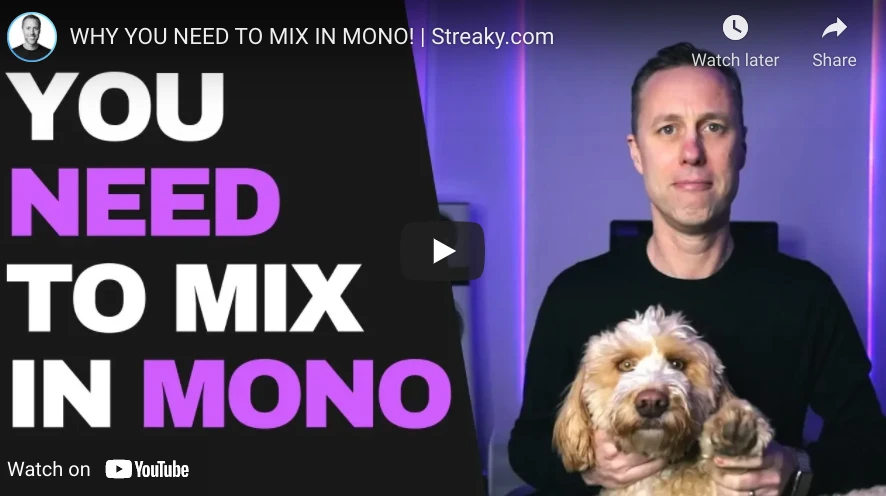
 Want to connect with other music producers for help and guidance?
Want to connect with other music producers for help and guidance?